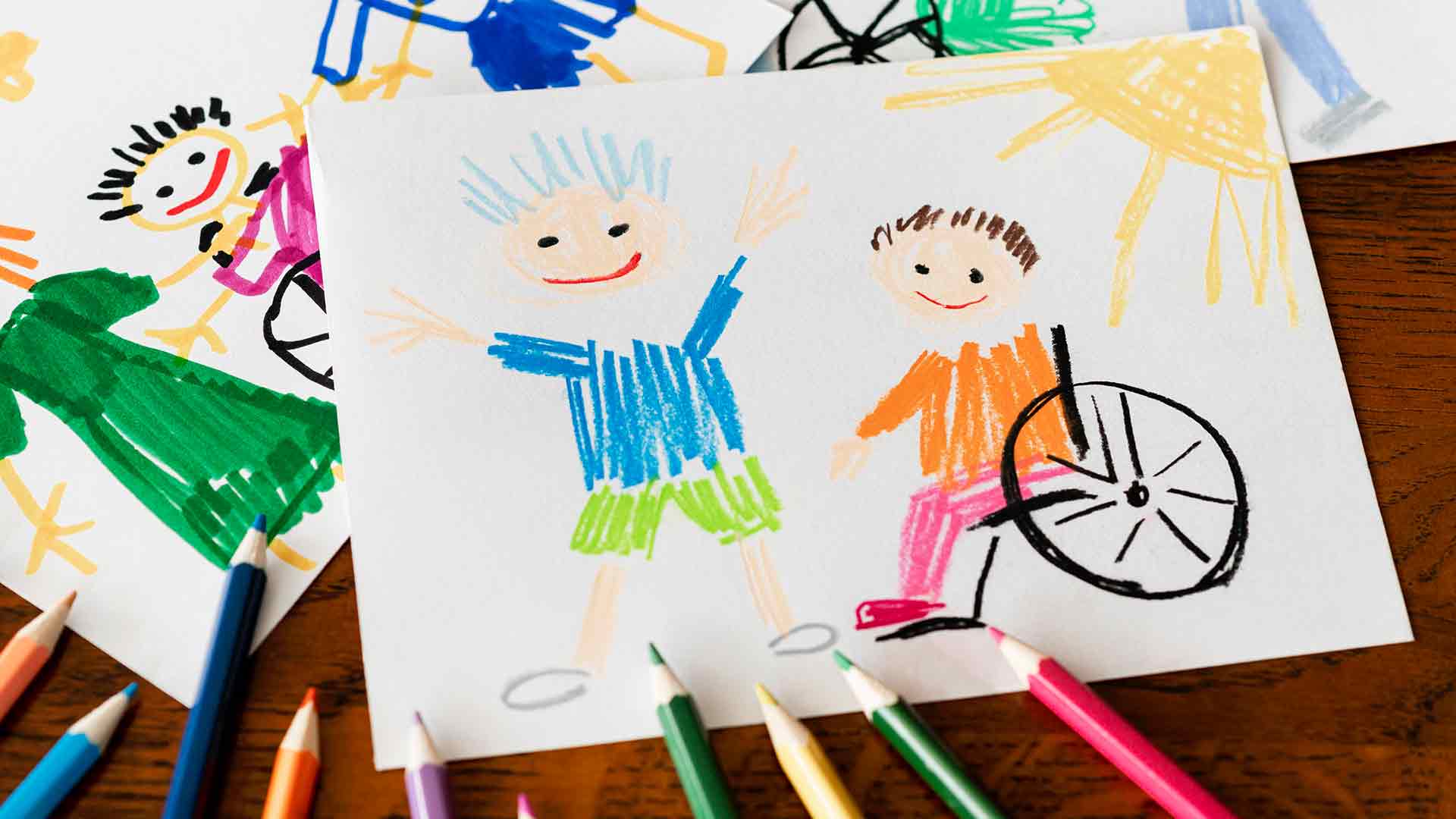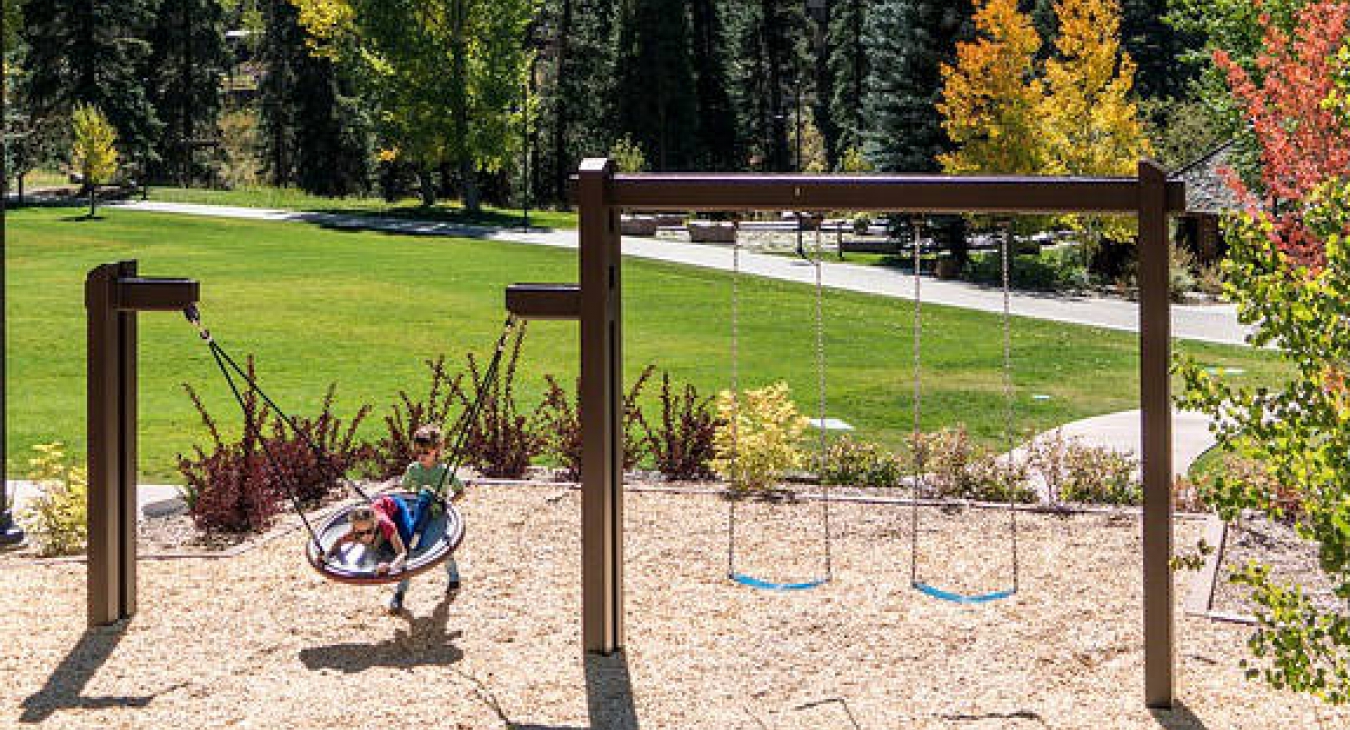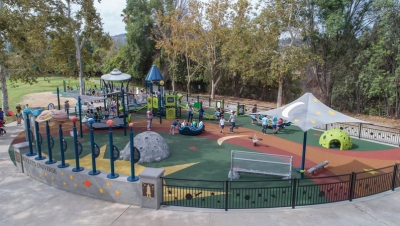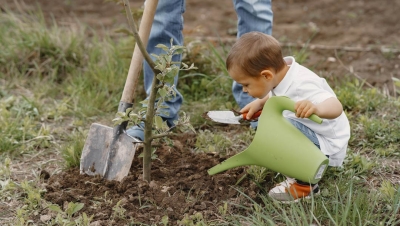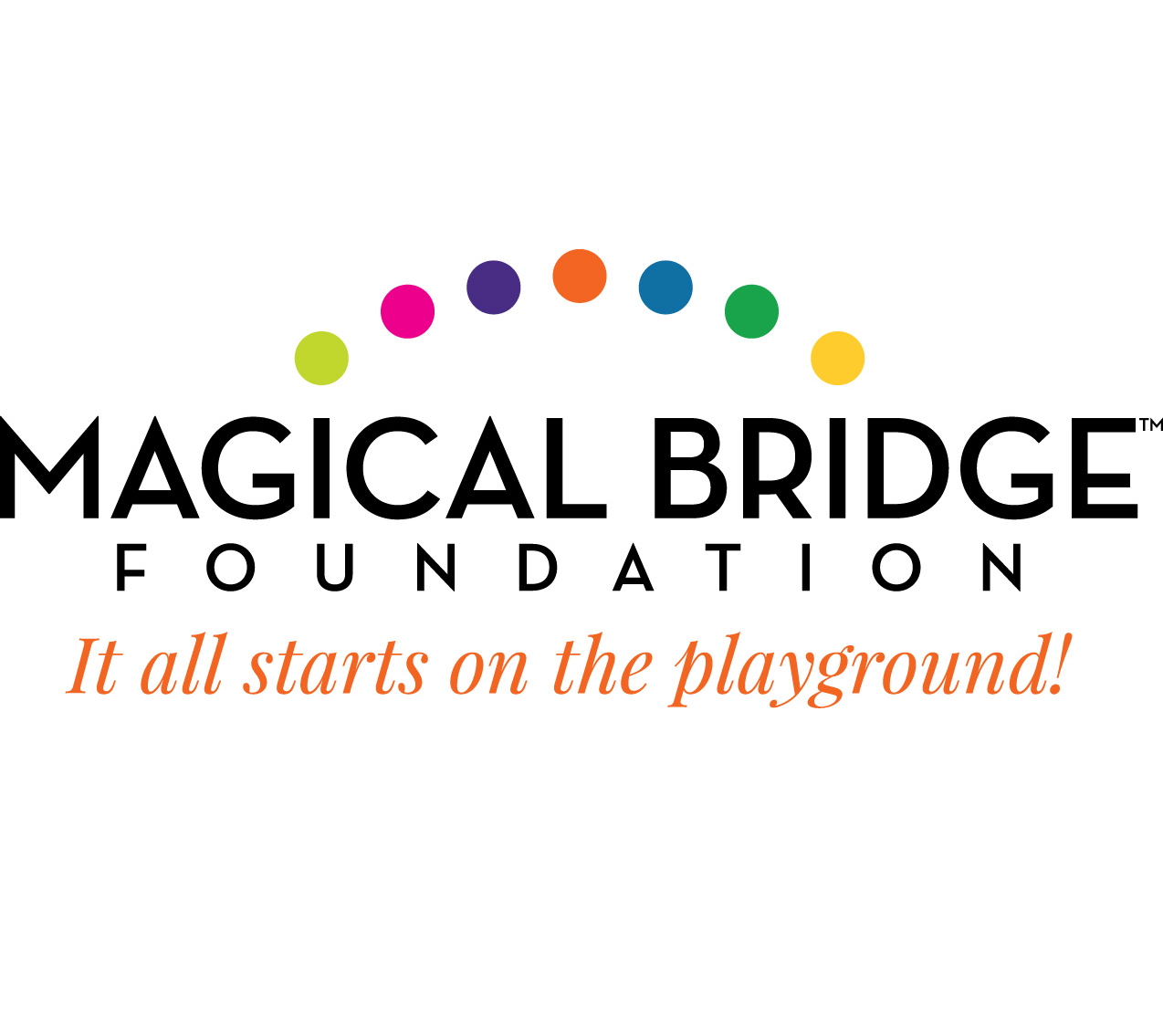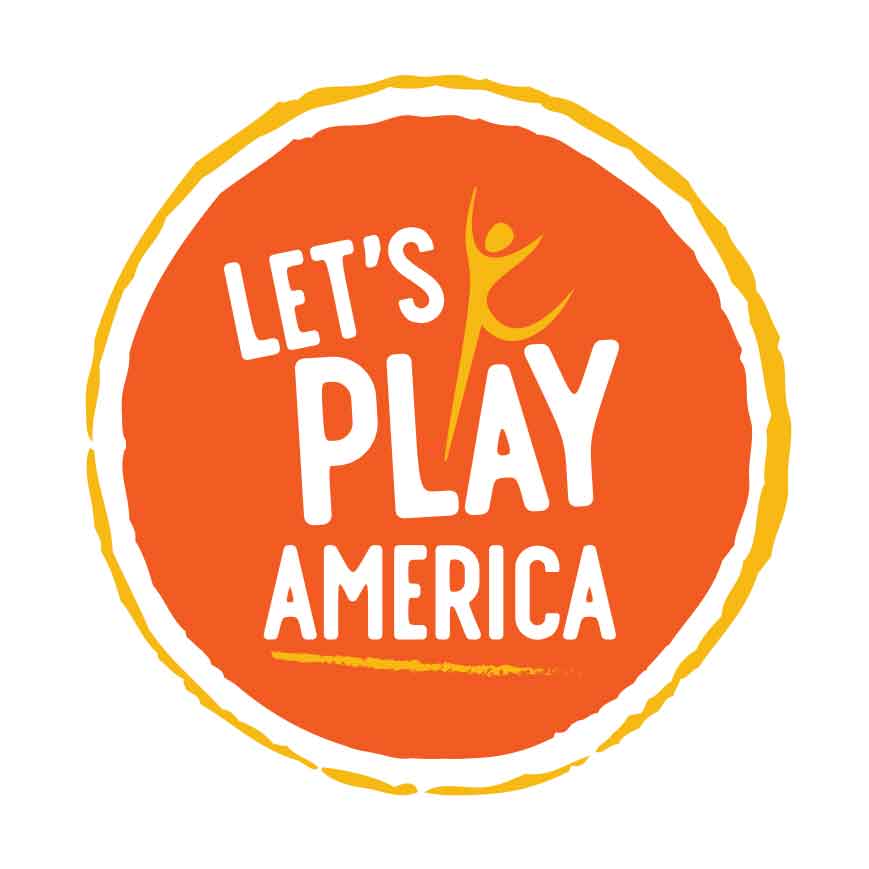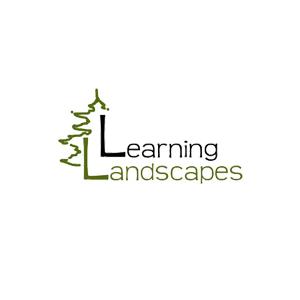Different types of equipment help accessibility.
Everything you need to learn about life is learned on the playground. Studies and recent research have proven that not only does recess increase children’s fitness, but it also promotes social and emotional growth as well as academic performance. On the playground, children learn the rules of life, how to play nicely with others, and the importance of imagination. However, the playground may not be accessible to all children. This type of play-based learning can be restrictive to people with disabilities.
To ensure that your playground is universally accessible and mobility-friendly for everyone, check out these tips and make sure no one misses out on the key lessons learned on the playground.
Analyze Your Current Playground
The first step to determining what you need to change is to analyze your current playground to see what it needs to become a mobility-friendly space. You need to take into account all types of disabilities from blindness to mobility ability to determine if all your equipment is easily accessible to everyone. Make sure that you think from the viewpoint of each child and see how he or she would interact with your playground.
Wayfinding and Orientation Paths
Before you incorporate changes to any of your equipment, you will want to design the pathways throughout the playground. According to the Americans with Disabilities Act, paths for playgrounds should be at least 60 inches wide to allow for wheelchair accessibility. You should delineate where the path ends and where play areas begin with colorful cues such as a bright yellow strip or a change in texture at the edge of paths. The path should also be made of firm and accessible material such as asphalt, concrete, or playground surfacing material.
Playground Equipment
When developing play areas, you will want to make sure they are many different types of equipment that is available to all kids. Here are some tips on the types of equipment you should use and how you should build your playground essentials.
- Maximize the use of see-through equipment such as rope structures and equipment with holes in them to allow a good line of sight for teachers and parents to watch kids.
- Provide slides of different height and make sure they are wide enough to carry two people side-by-side. The slides should also have a place for kids to sit while a wheelchair is retrieved. Also, incorporate static-free slides for children with cochlear implants.
- Build swings that move in different motions such as one in a linear motion and one in a circular motion. Also, use different harnesses and adaptive swings that children can lay on.
- Incorporate rocking equipment such as a rocking horse, that has different width seats and some with deeper seats to allow children to sit with an adult.
Creating a playground that welcomes all types of abilities is achievable if you think from the viewpoint of every child. By creating a space that is friendly for everyone, all kids can learn the important lessons of the playground.

